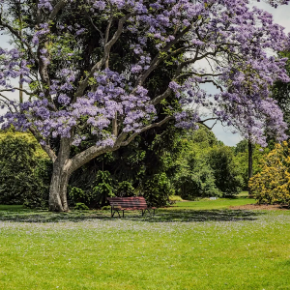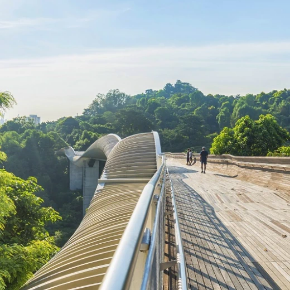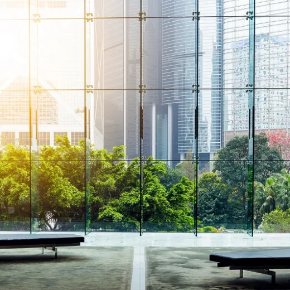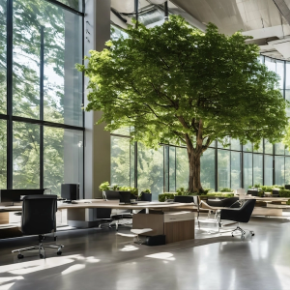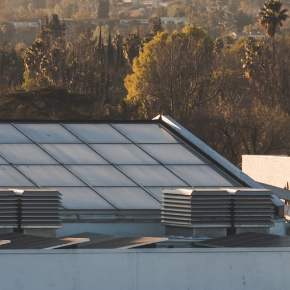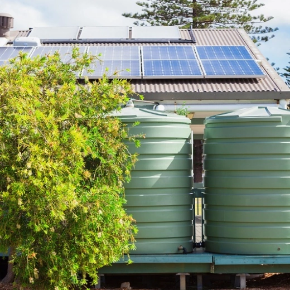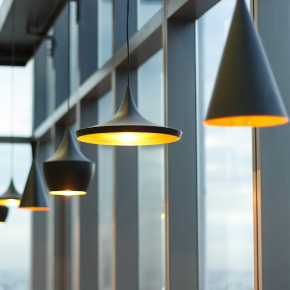You have no items in your shopping cart.
Enclosure

In the enclosure category, various essential elements play a vital role in boosting building durability and performance. Tanking and damp-proofing solutions safeguard structures from moisture ingress, ensuring long-term durability. Roofing options provide essential protection against the elements, contributing to the building's overall resilience as well as cladding enhances both the aesthetics and insulation of buildings, adding an extra layer of protection. Doors and windows offer security, functionality, and design flexibility, while glass products provide clarity and strength. Insulation solutions improve energy efficiency and indoor comfort.
Featured products
Insulation
Sustainable and eco-friendly building materials for insulation, like straw panels and wool, are increasingly favoured for their green attributes. Straw panels offer excellent insulation properties while being renewable, contributing to energy-efficient and sustainable construction. Wool insulation, derived from sheep's fleece, is both biodegradable and thermally efficient, making it a valuable choice for environmentally responsible building practices.
Request A Quote
Cladding
Sustainable and eco-friendly building materials for cladding, including curtain walls, flat sheets, and panels, are essential for environmentally responsible construction. By using low-impact materials like thermally broken aluminum, recycled metals, and reclaimed wood, architects and builders can reduce the ecological footprint of their projects while maintaining aesthetics and durability.
Request A Quote
Windows and Doors
Designing sustainable windows and doors involves using eco-friendly materials, maximizing energy efficiency and durability, considering end-of-life options, and evaluating environmental impact. Incorporating passive strategies and seeking certifications enhance sustainability.
Request A Quote
Glass Blockwork
Glass blockwork can contribute to sustainability in construction by leveraging its unique properties. These blocks allow natural light to penetrate into interior spaces, reducing the reliance on artificial lighting and thereby decreasing energy consumption. Additionally, their durability and resistance to weathering contribute to longer building lifespans, reducing the need for frequent replacements and conserving resources. By incorporating glass blockwork strategically, architects and builders can enhance both the environmental performance and visual appeal of structures, making them more sustainable in the long run.
Request A Quote
TILT Skylight
Tilt Skylights are the only operable glass skylights available that can be utilised with a standard staircase. Our automated skylights use quality materials to provide easy roof terrace access and increased natural light and ventilation into the home.
Request A Quote
Glazing
Glass glazing can enhance energy efficiency by allowing natural light into buildings, reducing the need for artificial lighting and thereby lowering energy consumption. Glass glazing can contribute to indoor environmental quality by providing occupants with access to daylight and views, which can enhance comfort and well-being while reducing the reliance on artificial climate control systems.
Request A Quote
TILT Hatch
Contemporary frameless glass hatch providing a unique cellar access solution.
Request A Quote
Windows and Glazed Doors
Windows and glazed doors are vital for providing natural light and ventilation in buildings. Sustainable options incorporate features like double or triple glazing and eco-friendly materials to minimize heat transfer and reduce energy consumption. By combining energy-efficient design with durable construction, these elements enhance both environmental sustainability and occupant comfort.
Request A Quote
Cladding - Flat Sheets and Panels
Cladding involves the application of one material over another to provide a protective or aesthetic layer. Flat sheets and panels are common forms of cladding used in construction, offering both functional and decorative benefits. These materials enhance a building's appearance, improve its thermal insulation, and protect against weather elements. Typically made from metal, plastic, or composite materials, flat sheets and panels are versatile, durable, and available in a range of finishes to suit various architectural styles.
Request A Quote

